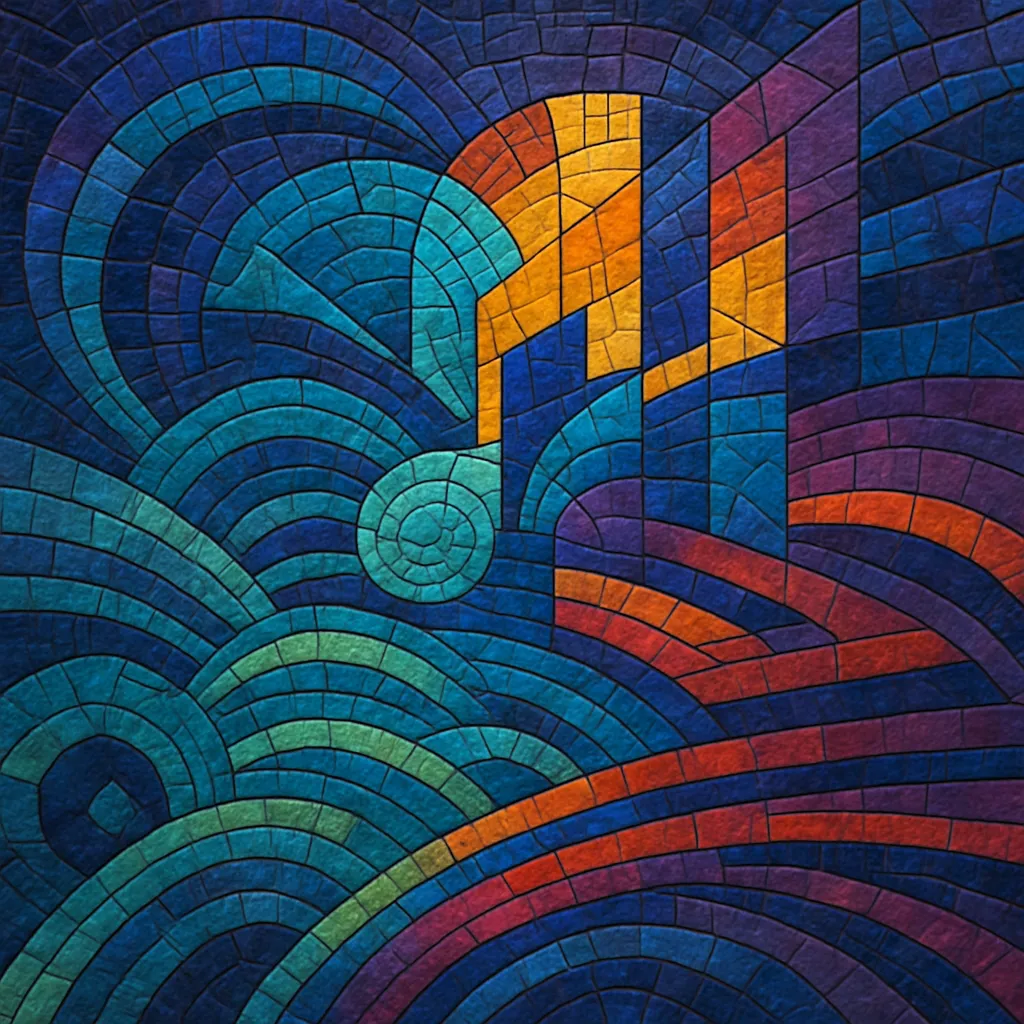Future bounce is a festival-ready offshoot of future house that blends the genre’s glossy, uplifting chord progressions with the rubbery, syncopated drops of Melbourne Bounce. It is characterized by bright, plucky leads, bouncy bass patterns that "jump" across the grid, and tight, sidechained four-on-the-floor drums at around 126–130 BPM.
The style typically pairs emotive, pop-leaning breakdowns—often with piano stabs, vocal chops, and wide supersaws—with a punchy, minimalist drop where a percussive bass and pluck lead trade short, syncopated phrases. Crisp fills, risers, and snare builds heighten the contrast between breakdown and drop, making the genre both danceable and euphoric.
Future bounce emerged in the mid-2010s, primarily within the Dutch EDM scene, as producers sought a brighter, pop-friendlier successor to the gritty bass of electro house and the massive leads of big room. By fusing future house’s sleek, detuned-pluck aesthetics with the springy, offbeat energy of Melbourne Bounce, early adopters shaped a sound that was both radio-ready and festival-effective.
Labels like Spinnin' Records and imprints around STMPD RCRDS popularized the style through singles and DJ edits that emphasized contrast: emotive, melodic breakdowns and tightly punctuated drops. Tracks by Brooks, Mike Williams, and Mesto helped codify the template—128 BPM, bright plucks, and bouncy bass sequences that danced around simple, catchy chord progressions.
As the wider EDM landscape diversified after the big room peak, future bounce became a go-to formula for crossover dance-pop and festival sets. Collaborations with headline acts, remixes of pop vocals, and support from major festival DJs brought the sound to global stages while keeping production minimalist in the drop and lush in the breakdown.
Producers have since hybridized future bounce with modern pop, electro house, and progressive house, experimenting with different swing feels, timbres, and vocal-driven arrangements. While trends have cycled to other styles, future bounce remains a staple for high-energy, melodically rich club and festival tracks.


